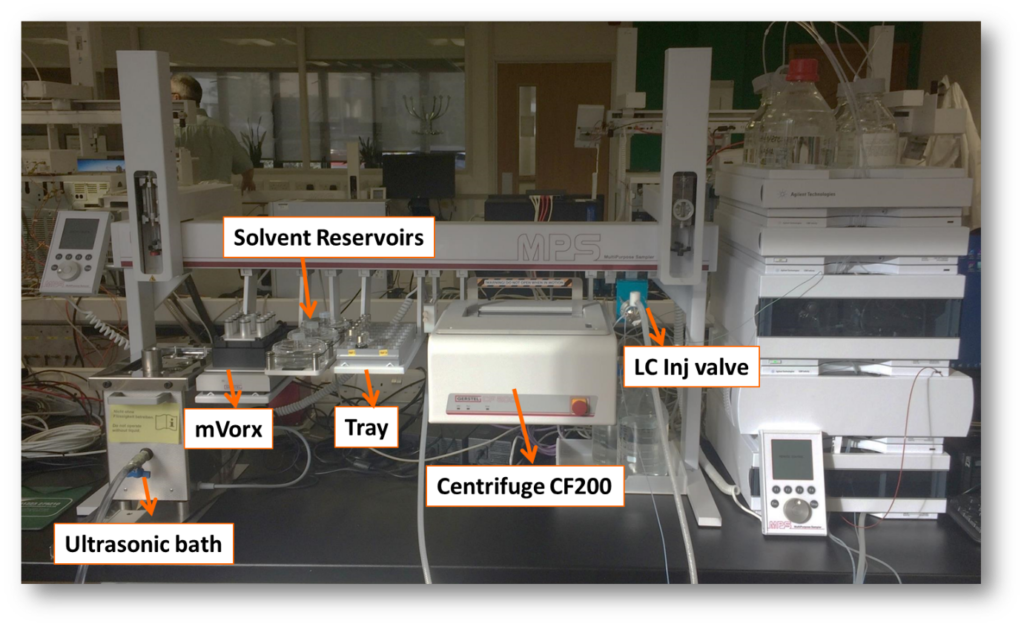Automating the Impossible
A few months ago, I was asked by some prospective customers to pay them a visit, to discuss a sample preparation problem they had.
On walking into the boardroom, I was introduced to the assembled group with the words:
‘This is the person who sells robots that perform sample preparation, however, I think our method is too complex and difficult to automate – but I’m willing to hear Phine’s thoughts’.
It seemed to me that the customer believed the method was too complex to automate. Nevertheless, he had presented me with a challenge and it was good that he had an open mind and was willing to listen to anything we might propose.
At this point, I had no idea what the method or application was, so I asked them to describe their existing process, step-by-step.
Quickly gathering my thoughts, I decided a good starting point was to ask them to describe me their method. I listened carefully and took detailed notes. It was indeed a complex procedure, with lots of steps, but the MPS robotic sampler has tools available that could, in principle, do everything required and I thought that there was a possibility that we could come-up with a solution.
Back in our lab, my applications chemist colleague Camilla Liscio, confirmed that the GERSTEL hardware could cover the whole workflow. However, certain modules had never been combined in the way required, and this would need testing.
An important principle we apply to our work is that every solution we sell has to be thoroughly tested in our lab before delivery to a customer. This removes most of the risk and ensures that we gain sufficient experience of the application and our solution, that we can provide good post-sales support.
In this case, samples preparation required:
- Ultra-sonication
- Centrifugation
- Vortex mixing
- Accurate vial penetration control
- Washing
- Dilution
- Automated addition of internal standards
- LC injection
A further complication was the accurate dispensing of a viscous oil, something that caused problems for the current manual method.
This issue represented a potential deal breaker.
Following our desk study, the customer agreed to send a sample to the lab. Dispensing the viscous oil was the first thing we tried and despite our concerns and the customer’s difficulties, when we tried it using the MPS, it worked perfectly. With the most serious risk out of the way, we had the confidence to set up the whole configuration and give it a go.

Camilla’s neat solution to a complicated sample preparation problem
Camilla did a great job with this one. It was an LC application, it involved an instrument configuration we hadn’t used before and the customer was correct in that it was indeed a complex application. Where he was mistaken, was in thinking that it was too difficult to automate.
This experience taught me that we have still not found the limits of what the MPS can do and method complexity alone isn’t a barrier to sample prep automation. Everything is worth trying.
So, if you have highly qualified staff, spending too much time on tedious manual sample preparation, or you need to run more samples, or improve your precision, then contact us and we will work with you to find the best solution.
Call us now on +44 (0)1223 279210, or email: enquiries@anatune.co.uk.
Previous post
5 Years at Element…Next post
Proud to Wear the Green, Gold and White
